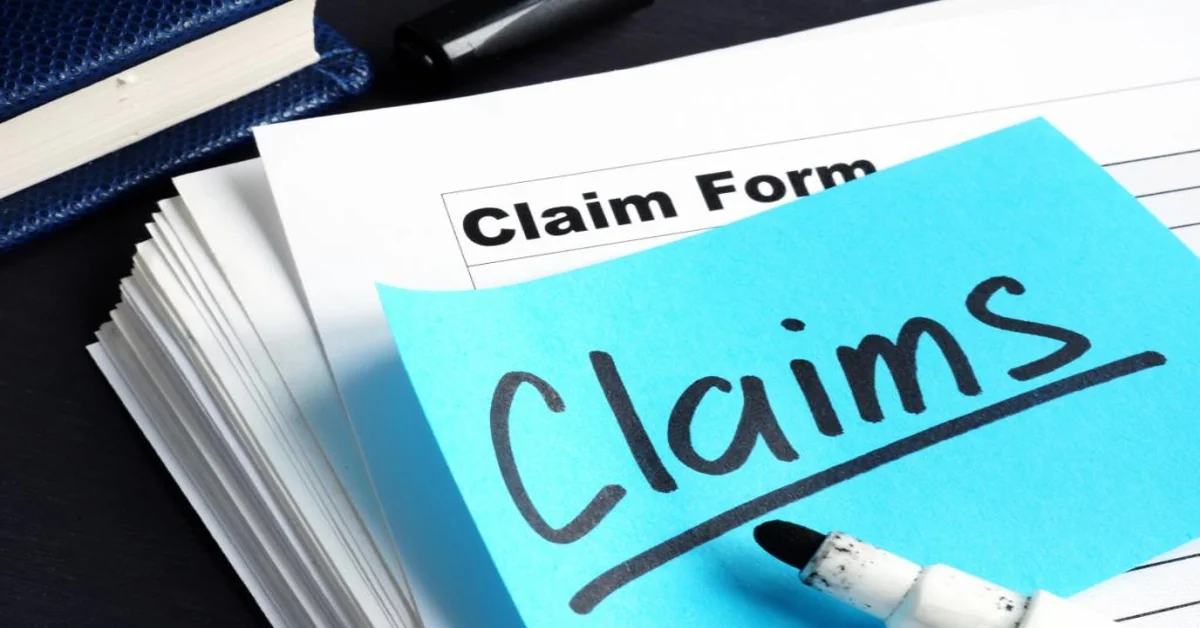Floods don’t just mess up your yard or get your floors wet; they can destroy your home’s foundation, ruin furniture, damage electronics, and make your house unsafe to live in.
Flood insurance is supposed to help cover the costs of repairs and replacing things that were damaged by the flood. But sometimes things don’t go as intended.
If you’re having trouble with your claim, lawyers specializing in flood insurance can help you figure out the next steps. They know how to deal with these situations and can make sure you’re fairly compensated.
Not everyone gets to benefit from flood insurance, though. To qualify, you need to have a policy in place before the flood happens. That means you can’t wait until a flood warning to sign up.
People with flood insurance pay regular premiums, and when something like this happens, they can file a claim to get money back for repairs.
Steps for Filing a Flood Insurance
Here are the steps involved in filing flood insurance.
Reach out to Your Insurance Provider
The very first thing you must do after your property is damaged by a flood is call your insurance company. When you call them, have your flood insurance policy number ready and be prepared to give a clear description of what happened and the type of damage you’re dealing with.
Ask them to explain the specific steps involved in filing your claim and any deadlines you need to meet. Most insurance policies require you to notify them within a certain number of days after the flood, typically within 60 days, but it varies.
Also, ask if there are any emergency services covered by your policy, such as removing water or temporarily securing your property from further damage.
Take Reference Photos for Documentation
Before you start cleaning up, it’s absolutely essential to take photos and videos of everything. This includes not just obvious damage like broken furniture or wet carpets, but also structural damage, water lines on the walls, and mold growth.
Be sure to capture different angles and close-up shots to show the full extent of the damage. Take pictures of items that may seem minor, like electronics, clothes, and even food that’s been spoiled because of the flood.
Prepare for Inspection
Once your insurance company knows about the damage, they’ll assign an adjuster to inspect your property. Before this happens, do not throw anything away, no matter how badly it’s damaged. The adjuster needs to see the full extent of the damage to properly assess it.
However, if there’s something that poses an immediate safety risk (like a broken window), you can make temporary repairs to stop further damage. If you do make any repairs, save the receipts because the insurance company may reimburse you for these emergency fixes.
Meet With Your Adjuster
The adjuster will visit your property to inspect all the damage. This is one of the most important steps in the process, so be sure to show them everything, even damage that might not seem obvious.
For instance, point out water damage to electrical systems, walls, and insulation, even if it’s hidden behind drywall.
Also, mention any structural issues like cracks in the foundation or shifting due to floodwaters. If the adjuster misses something, it might not be included in your claim.
You’ll also want to ask the adjuster how long it will take for your claim to be processed and what to expect next.
Complete a Proof of Loss
A Proof of Loss is a detailed statement that outlines the extent of the damage, the cost of repairs, and what you’re claiming from the insurance company.
The proof of loss must include detailed descriptions of each damaged item or part of the property, the value of the item before it was damaged, and the amount you’re claiming for it. You may need to get repair estimates from contractors to show how much it will cost to fix structural damage or replace personal belongings.
Receive Payment
Once your claim is approved, the insurance company will begin issuing payments. Sometimes, you’ll receive an initial payment to start repairs while they continue to process the full claim.
This first payment is often an advance to cover immediate expenses, like temporary housing or emergency repairs. The rest of the payment will come after your adjuster’s assessment is complete and your proof of loss is fully reviewed.









